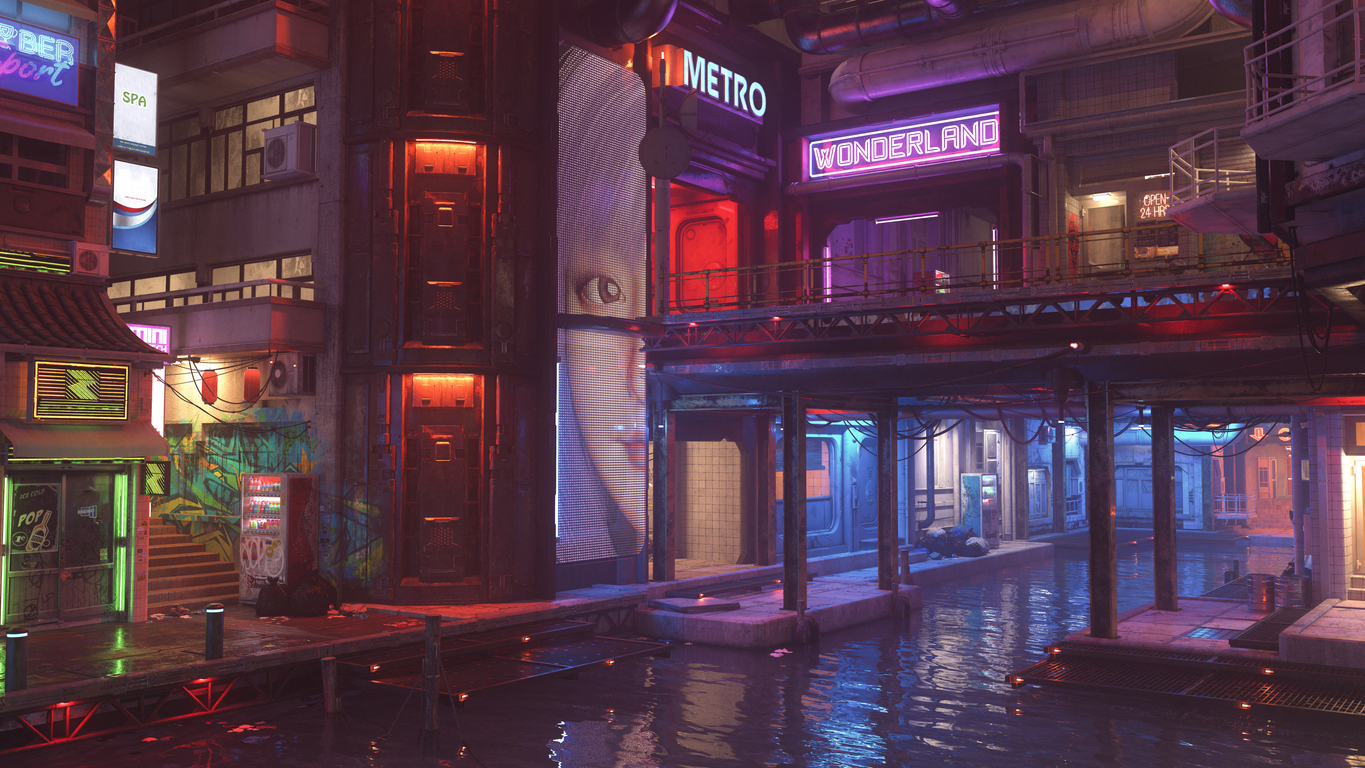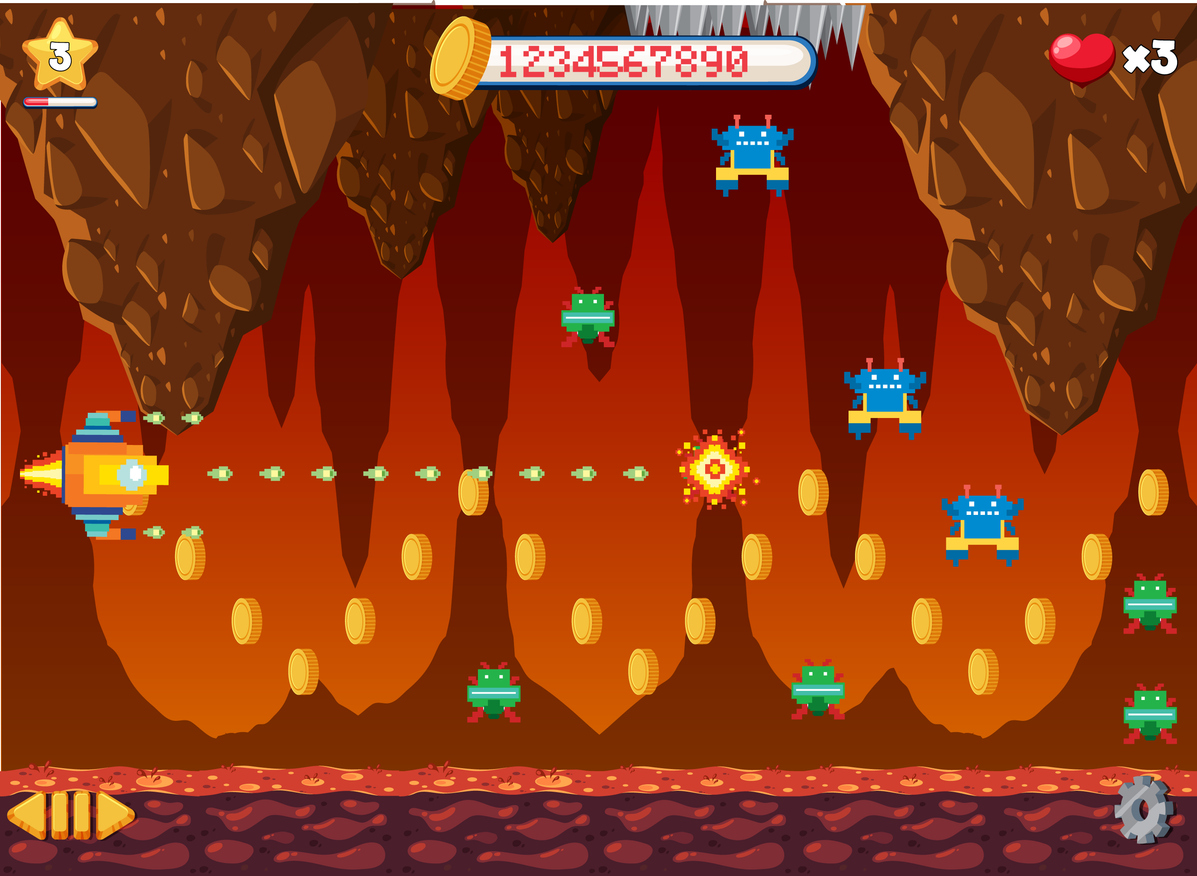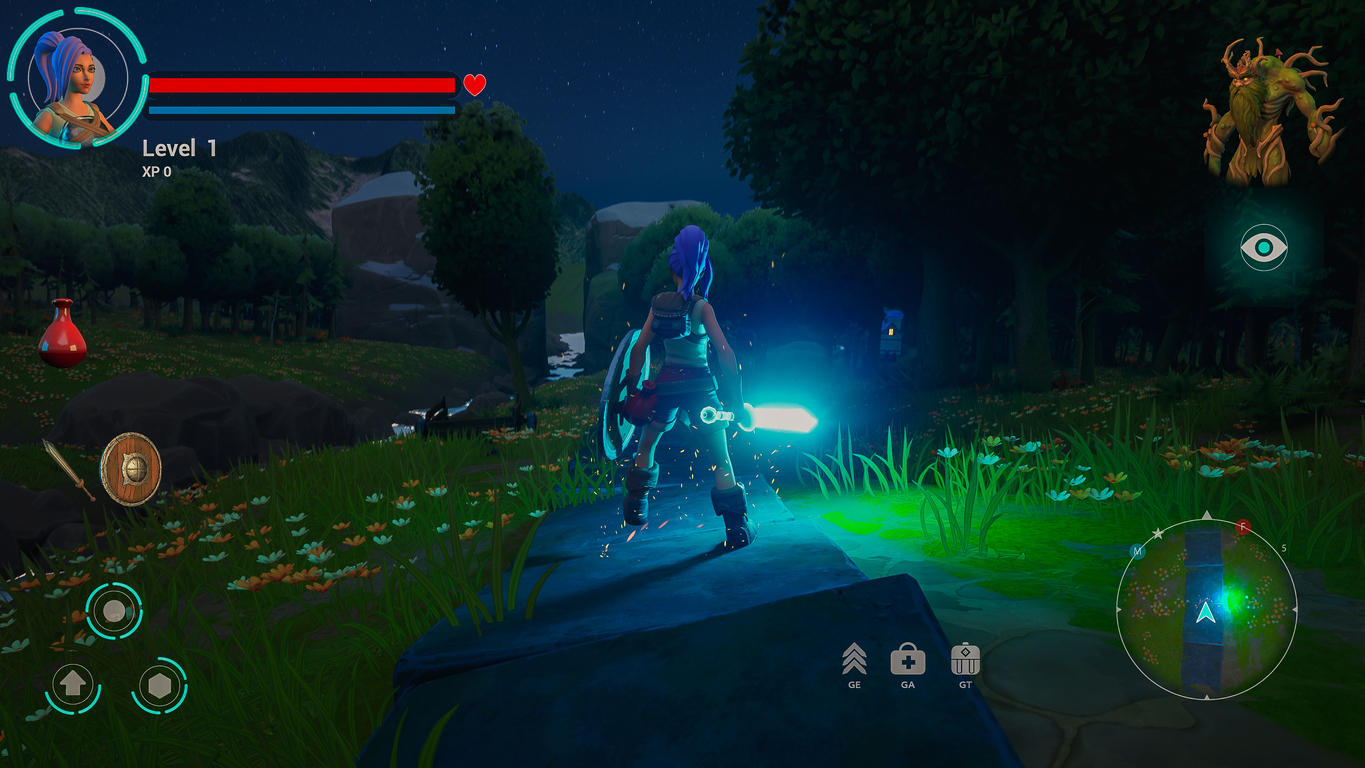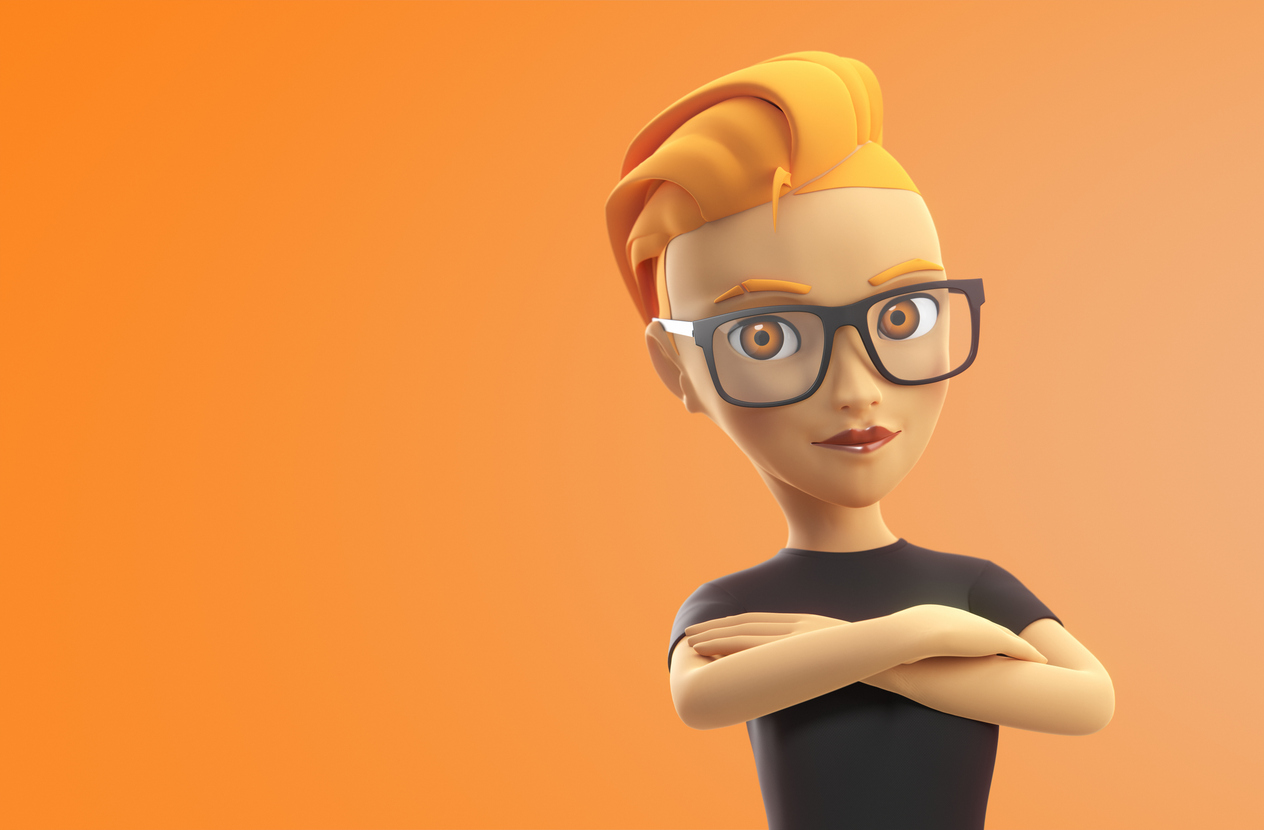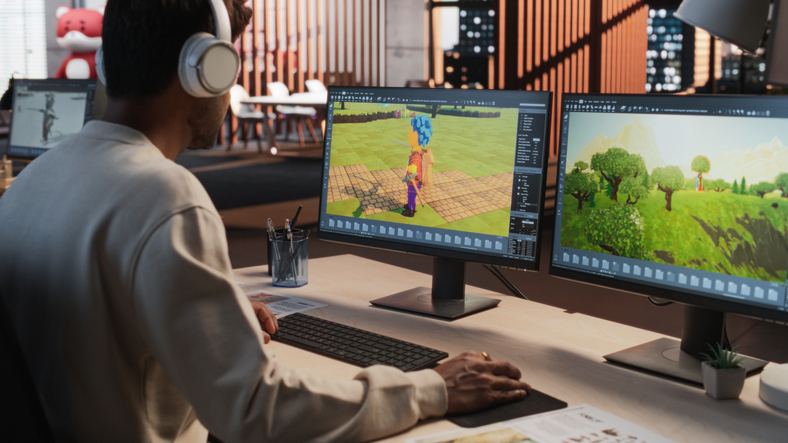Are you passionate about art, technology, and creativity? Dreaming of a career where you can combine them all? If you've been wondering what graphic design skills you need to succeed, you're in the right place. At the Visual College of Art and Design (VCAD), the Graphic Design Diploma program is designed to equip you with the technical know-how, creative confidence, and portfolio-ready projects to launch your career in Canada's exciting design industry.
In this comprehensive guide, we'll walk you through everything you need to know about the essential graphic design skills you'll learn at VCAD, why they're important, and how they can help you stand out in a competitive field.
What is Graphic Design?
At its heart, graphic design is visual communication. It's the art and science of combining imagery, typography, colour, and layout to convey messages that are clear, engaging, and impactful. Graphic design plays a critical role across industries, from marketing and advertising to technology, publishing, fashion, entertainment, and more. Whether it's a compelling social media ad, a memorable logo, eye-catching product packaging, or an intuitive website interface, graphic design shapes how we experience brands and information. But great design is not just about looking good – it's about solving problems and delivering results. Graphic designers act as both artists and strategists, using creativity and technical skill to address communication challenges and connect with audiences on an emotional level.
Top Graphic Design Skills That Are in Demand
In today's fast-paced creative industry, employers and clients are looking for skilled graphic designers who can do much more than just create pretty pictures. Here are some of the top in-demand skills:
-
Mastery of Design Software: Proficiency in tools like Adobe Photoshop, Illustrator, is expected in most graphic design roles. These programs are the backbone of modern design work, allowing you to create polished visuals, edit images, craft layouts, and prototype digital experiences. Staying updated with the latest graphic design software features ensures your workflow remains efficient and your designs meet professional standards.
-
Typography Expertise: Typography is more than just picking a font. It involves understanding how to choose, pair, and manipulate typefaces to convey the right tone and improve readability. Strong typographic skills help you communicate brand personality, evoke emotion, and enhance user experience through thoughtful text design.
-
Colour Theory Knowledge: Colour plays a powerful role in design, influencing emotions, guiding user attention, and reinforcing brand identity. Knowing how to use colour effectively requires an understanding of colour psychology, harmonies, contrasts, and trends. Mastering this skill helps you create visuals that resonate with target audiences and achieve desired outcomes.
-
Layout and Composition: Good layout and composition are the foundation of strong design. Mastering principles like balance, hierarchy, alignment, contrast, and white space ensures that your designs are visually balanced, well-organized, and easy to navigate. This skill is essential for creating everything from posters and brochures to websites and social media graphics.
-
UX/UI Understanding: With the rise of digital platforms, designers with a grasp of user experience (UX) and user interface (UI) design hold a competitive edge. UX/UI knowledge allows you to create intuitive, user-centered designs that enhance usability and deliver seamless interactions, whether you’re working on a mobile app, website, or interactive product.
-
Creativity and Innovation: The ability to think outside the box, generate fresh ideas, and bring original concepts to life is crucial for standing out in a crowded market. Employers value designers who can push creative boundaries while still meeting client goals and project requirements.
-
Problem-Solving Skills: Graphic design is fundamentally about solving visual communication problems. Designers must be able to interpret briefs, identify challenges, respond to feedback, and develop solutions that satisfy both aesthetic and strategic objectives. Strong problem-solving skills help you adapt quickly and keep projects moving forward.
-
Time Management: Balancing multiple projects, clients, and deadlines is part of the daily life of a graphic designer. Effective time management ensures you can prioritize tasks, meet deliverables, and maintain quality without burnout. This skill is especially critical for freelancers and agency designers juggling varied workloads.
-
Portfolio Development: A well-curated portfolio is your ticket to new opportunities. It showcases your skills, highlights your strengths, and provides tangible proof of your design abilities. A strong portfolio demonstrates versatility, creativity, and professionalism, making it easier to land jobs, freelance gigs, or internships.
-
AI Literacy: In the modern design landscape, AI tools are transforming workflows by assisting with image generation, layout suggestions, automation of repetitive tasks, and even ideation. Designers who understand how to work with AI (rather than fear it) have a major advantage. AI literacy means knowing when and how to integrate AI tools to speed up processes, boost creativity, and deliver smarter solutions while maintaining the irreplaceable human touch of empathy, cultural awareness, and originality. This emerging skill ensures you stay competitive as the industry evolves.
By mastering these essential skills, you position yourself not only as a designer who can meet today’s demands but as a forward-thinking professional ready to shape the future of graphic design.
Bonus Read: How to Become a Graphic Designer in Canada
Essential Graphic Design Skills You’ll Learn at VCAD
The Graphic Design Diploma Program at VCAD goes beyond theory – it immerses you in a hands-on, project-based learning experience designed to give you the graphic design skills employers want. Here are the essential skills you’ll develop:
1. Mastery of Adobe Creative Cloud
VCAD students gain in-depth training in industry-standard software like Photoshop, Illustrator, InDesign, and Adobe XD. You'll learn to create and manipulate raster and vector images, design multi-page layouts, build wireframes, and prototype digital experiences.
2. Typography and Typesetting
You'll explore the art and science of typography – learning to select, pair, and apply fonts with skill. VCAD emphasizes understanding kerning, tracking, leading, and alignment to craft designs that are both visually appealing and legible.
3. Colour Theory and Application
You'll study how colour influences mood, behaviour, and perception. You'll practice creating colour palettes that align with brand messaging, enhance readability, and drive emotional impact.
4. Layout and Composition
You'll master key design principles such as balance, hierarchy, contrast, proximity, alignment, and repetition. These principles guide how elements are organized on a page or screen, ensuring your designs are both functional and beautiful.
5. UX/UI Basics
In today's digital-first world, understanding user experience and interface design is crucial. You'll learn the fundamentals of wireframing, user flows, and interactive design, giving you the tools to collaborate effectively with UX/UI teams.
6. Designing for Print and Digital
VCAD covers both traditional and digital media. You'll learn print production essentials like bleed, trim, resolution, and CMYK vs. RGB, as well as how to design responsive digital content for web and mobile platforms.
7. Advanced Drawing and Illustration
Even if you don't consider yourself a natural illustrator, you'll build foundational drawing skills that improve your ability to sketch concepts, draft ideas, and bring unique visual elements to your projects.
8. Problem-Solving and Concept Development
VCAD challenges students to approach design briefs strategically – researching, brainstorming, and developing creative concepts that meet client objectives.
9. Portfolio Development
One of the highlights of the program is building a professional portfolio. You'll graduate with a collection of diverse, polished projects that demonstrate your range and capabilities to potential employers or clients.
10. Business Communication
Beyond the creative work, you’ll also learn how to communicate effectively with clients, present your ideas persuasively, and navigate feedback constructively.
Industry-Standard Graphic Design Tools Covered by VCAD
To succeed as a graphic designer in today’s competitive creative landscape, mastering technical tools is essential. At VCAD, you’ll gain hands-on experience with industry-standard graphic design software that empowers you to bring your creative visions to life and deliver professional-level results across a variety of projects. Here’s an expanded look at the essential tools you’ll master:
Adobe Photoshop
Photoshop is a cornerstone of the design world, used for image editing, photo retouching, digital painting, and creating detailed compositions. You’ll learn how to manipulate images, apply effects, and produce compelling visuals that enhance your design projects.
Adobe Illustrator
Illustrator is the go-to tool for creating scalable vector graphics, logos, icons, and illustrations. You’ll develop the skills to design sharp, adaptable visuals that maintain quality across print and digital media, ensuring your work looks crisp on everything from business cards to billboards.
Adobe InDesign
InDesign is essential for multi-page layouts such as brochures, magazines, books, and reports. You’ll learn how to combine text and images seamlessly, apply master pages, manage styles, and prepare print-ready files that meet industry production standards.
Adobe Premiere Pro
For designers interested in expanding into multimedia and motion graphics, Premiere Pro offers professional-grade video editing capabilities. You’ll explore how to assemble video sequences, add transitions, incorporate audio, and create dynamic visual stories for marketing, social media, and beyond.
Adobe After Effects
After Effects is the industry standard for motion graphics and visual effects. You’ll gain skills in creating animated graphics, kinetic typography, visual effects, and compositing techniques that add motion and interactivity to your design work — an asset in today’s digital-first world.
Adobe Creative Cloud
Beyond individual apps, you’ll become proficient in using the Adobe Creative Cloud ecosystem, which allows for seamless integration between software programs, cloud-based project management, file sharing, and cross-platform collaboration. Mastering the full suite ensures you can work efficiently and deliver cohesive designs across multiple media formats.
VCAD ensures that you graduate with not only creative talent but also the technical confidence to operate the same tools used by top creative agencies, design studios, and marketing teams across Canada and beyond. These software skills, combined with your creativity and problem-solving abilities, will make you a highly sought-after designer in the modern workforce.
Why Choose the Graphic Design Diploma Program at VCAD?
VCAD's Graphic Design program stands out for several reasons:
✅ Project-Based Learning: You'll learn by doing, not just by listening. Every course involves hands-on assignments that mirror real-world design challenges.
✅ Expert Instructors: You'll study under industry professionals who bring years of design expertise and mentorship to the classroom.
✅ Flexible Learning Options: With online and on-campus options in Vancouver and Calgary, you can choose the format that best fits your lifestyle and learning preferences.
✅ Professional Portfolio Development: By the time you graduate, you'll have a robust, curated portfolio that showcases your skills, style, and versatility to employers and clients.
✅ Career Support: VCAD offers career services, including resume building, interview preparation, and job placement assistance, helping you transition smoothly from student to working designer.
✅ Accredited Program: The program is certified by the Registrar of the Private Training Institutions Regulatory Unit (PTIRU) of the Ministry of Post-Secondary Education and Future Skills, ensuring a high standard of education in British Columbia.
Final Thoughts
Graphic design is an exciting, ever-evolving field that offers endless opportunities for creativity, innovation, and impact. Whether you dream of working at a top design agency, launching your freelance career, or bringing your unique vision to life in the digital space, mastering the right graphic design skills is the key to success. The Graphic Design Diploma Program at VCAD gives you a solid foundation in both technical tools and creative thinking, along with the hands-on experience and portfolio you need to stand out in Canada's competitive creative job market.
If you're ready to turn your passion for design into a thriving career, there's no better time to start. Explore the Graphic Design Diploma Program at VCAD today – and take the first step toward a future where your creativity shapes the world around you.
